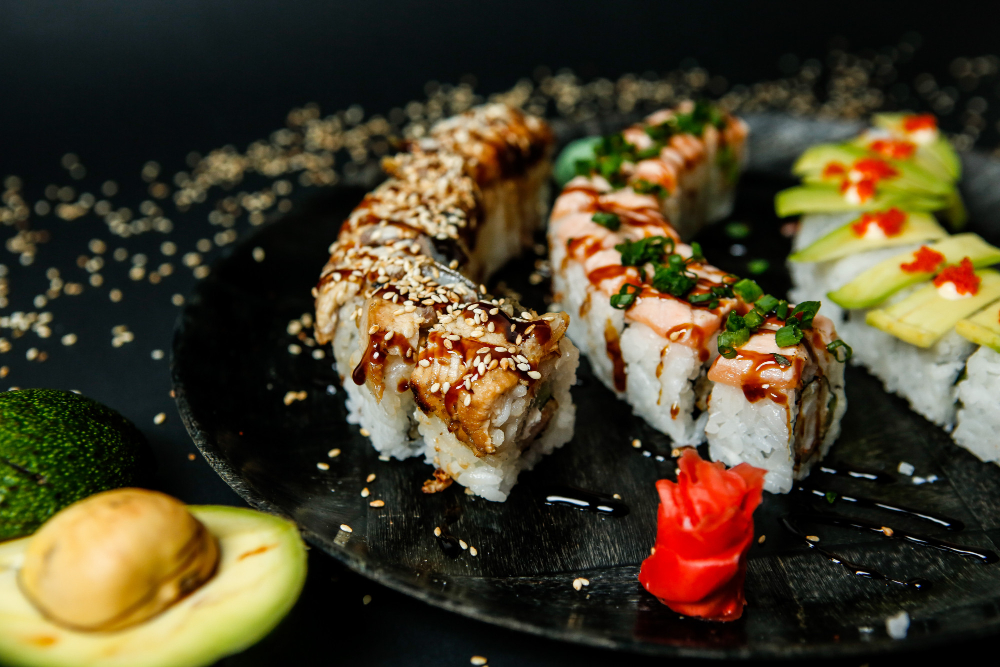Central Asian cuisine is a rich and diverse culinary tradition rooted in the region’s nomadic history, Silk Road trade routes, and cultural intersections between East and West. Stretching across countries like Kazakhstan, Kyrgyzstan, Uzbekistan, Turkmenistan, and Tajikistan, this cuisine blends hearty meats, hand-pulled noodles, aromatic spices, and age-old cooking techniques.
If you’re a food lover seeking bold, rustic, and soulful flavors, Central Asian food offers a truly unique experience.
A Culinary Map of Central Asia
Each country within Central Asia adds its own twist to shared dishes, shaped by geography, climate, and heritage:
Kazakhstan – Meat-heavy dishes with roots in nomadic culture
Uzbekistan – Rich rice dishes and sweet pastries influenced by Persian and Turkic traditions
Kyrgyzstan – Simpler, more rustic dishes perfect for mountainous climates
Turkmenistan – Less internationally known but shares similarities with Persian and Turkic cuisines
Tajikistan – More Persian-influenced with dishes heavy in rice, herbs, and yogurt
Signature Dishes of Central Asian Cuisine
Plov (Pilaf) – Uzbekistan’s National Dish
A slow-cooked rice dish made with lamb or beef, carrots, onions, and spices. Often cooked in a cast iron kazan pot and served at celebrations.
Lagman – Hand-Pulled Noodles
Popular in Kyrgyzstan and Uzbekistan, Lagman is a noodle dish served in a hearty broth with meat and vegetables. The noodles are often made fresh by hand.
Beshbarmak – Kazakhstan’s Traditional Feast
Meaning “five fingers,” this boiled meat and pasta dish is eaten by hand and served during family gatherings and national holidays.
Manti – Central Asian Dumplings
These steamed or boiled dumplings are filled with minced meat and onions, typically served with yogurt or vinegar-based sauces.
Shashlik – Grilled Meat Skewers
Inspired by Turkish and Middle Eastern kebabs, these skewers of marinated lamb or beef are grilled over open flames and served with raw onions and flatbread.
Samsa – Baked Meat Pies
Oven-baked pastries stuffed with minced meat, onions, or pumpkin, resembling Indian samosas or Turkish borek.
Common Ingredients & Flavors
Central Asian dishes are often hearty, filling, and meat-centric. Key ingredients include:
- Lamb, beef, horse meat (especially in Kazakhstan)
- Rice, wheat, and noodles
- Carrots, onions, potatoes, garlic
- Yogurt, kefir, and sour cream
- Spices: cumin, coriander, black pepper, and turmeric
Bread (called naan or lepeshka) is sacred and often baked in clay ovens. Sharing bread is a symbol of hospitality.
Beverages in Central Asian Cuisine
- Kymyz: Fermented mare’s milk (Kyrgyzstan, Kazakhstan)
- Green and black tea: Served with nearly every meal
- Kefir: A fermented milk drink that aids digestion
- Bozo: A fermented millet drink, slightly alcoholic and traditional
Tea is not just a beverage — it’s an important social custom offered to guests as a sign of welcome.
Food Culture & Traditions
- Meals are often communal and eaten on low tables (dastarkhan) while seated on the floor.
- Hospitality is sacred — refusing food or drink can be seen as impolite.
- Meat plays a ceremonial role, especially in weddings, funerals, and holidays like Nowruz (Persian New Year).
Cooking methods are influenced by nomadic heritage: open fire cooking, boiling in large pots, and drying meats for preservation.
Where to Try Authentic Central Asian Cuisine
- Tashkent, Uzbekistan – For the best Plov and samsa
- Almaty, Kazakhstan – Rich variety of Kazakh and Russian-influenced dishes
- Bishkek, Kyrgyzstan – Traditional Kyrgyz food with a rustic charm
- Dushanbe, Tajikistan – Blends Persian and Central Asian culinary styles
Street food stalls, bazaars, and family-run cafes (chaikhanas) offer the most authentic experiences.
Conclusion
Central Asian cuisine is more than just food—it’s a flavorful reflection of nomadic traditions, family gatherings, and deep-rooted hospitality. From sizzling shashliks to fragrant pilafs and hearty noodle soups, every dish tells a story of a land that bridges East and West.
Whether you’re traveling the Silk Road or exploring your local international food scene, don’t miss the rich, underrated world of Central Asian flavors.
FAQs
1. Is Central Asian food spicy?
No, Central Asian food is generally mildly spiced, focusing on aromatic flavors like cumin, coriander, and garlic rather than heat.
2. Is vegetarian food common in Central Asia?
While most traditional dishes are meat-heavy, you can find vegetarian options like pumpkin samsa, salads, lentil soups, and breads. Cities like Tashkent and Almaty have more vegetarian-friendly restaurants.
3. What is the most famous dish in Central Asia?
Plov (pilaf) is the most iconic dish across Central Asia, particularly in Uzbekistan, where it’s a national symbol.
4. Is bread important in Central Asian meals?
Yes! Bread is considered sacred, often round, flat, and baked in a clay oven. It’s served with nearly every meal.
5. Can I try Central Asian cuisine outside of Central Asia?
Yes. Many major cities around the world have Uzbek, Kazakh, or Uyghur restaurants. Look for areas with Silk Road or Turkic communities.
Also read: Bulguksa Gyeongju: Korea’s Timeless Temple of Tranquility










